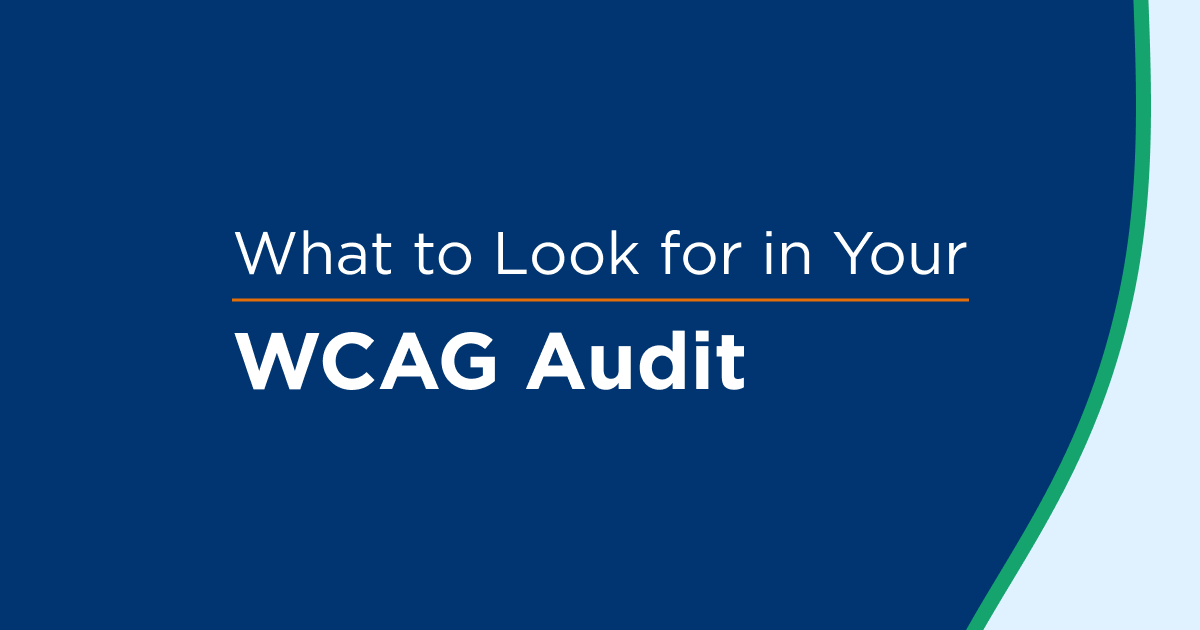Every year, we look at ADA lawsuit filings to assess what’s happening with digital accessibility lawsuits and how businesses can be proactive about lawsuit mitigation.
With our end-of-year report due to be released next month, now is as good a time as any to take another look at our findings and the state of the legal landscape.
The Legal Landscape for Digital Accessibility in 2022
Our data from 2022 so far found that a few things were true across web accessibility lawsuits this year, and we'll be rechecking these when we look at the end-of-year report.
At midyear, we found:
- The top 10 plaintiff firms represent 80% of filings in federal court
- The top 10 defense law firms represent less than 15% of filings in federal court
- Lawsuits are most often filed by plaintiffs with visually impaired plaintiffs that use screen readers, but the secondary is plaintiffs with auditory disabilities for videos without captions
- The majority of lawsuits cite being unable to complete a user task along with a list of easy-to-spot WCAG violations
- The majority of lawsuits reference a lack of an accessibility statement from the defendant
Is the government doing anything to help businesses?
What’s the government doing to help businesses understand how ADA impacts the web, to offer financial relief for companies receiving these lawsuits, or to raise awareness among the business community before companies receive an ADA-based lawsuit? Not a lot. At least not yet.
In 2022, the DOJ did publish general guidance on website accessibility. This is an essential step towards standardizing digital accessibility requirements. Yet, the direction from the DOJ did not provide much clarity for businesses on what to do to comply with ADA. It was widely criticized for not saying quite enough.
The New York Law Journal published an article in April 2022 called "DOJ’s Failure to Provide Effective Guidance on Website Accessibility Requirements under the ADA Leaves Congress as the Only Option to Address the Problem of Abusive Lawsuits," written by Martin Krezalek, Partner at Blank Rome. The article on the DOJ's statement in 2022 about web accessibility said,
“Despite having ample opportunity to address the issue, the DOJ has failed to advance the ADA’s purpose of providing “clear, strong, consistent, enforceable standards addressing discrimination against individuals with disabilities.” Instead of creating a safe harbor, the new Guidance reads like a typical ADA plaintiff’s complaint—vaguely listing several common problems, explaining why accessibility is important, and promising to describe how businesses can ensure accessibility. But instead of specifying a series of actions that would guarantee ADA compliance, the Guidance merely points to third-party resources (e.g., WCAG 2.0) for information on how to make websites accessible.”
Click to read the rest of this article in full on the Blank Rome website
There is some hope on the horizon in the form of the Websites and Software Applications Accessibility Act. This bill would authorize the DOJ and EEOC to set a national framework for websites and software applications within two years of signing the bill. This bill could have the clarity businesses want. It’s the first proposed legislation of this kind to have the support of well-respected disability rights organizations.
The trends we saw from Web Accessibility Lawsuits at Midyear- and what we may see in our end-of-year report
A few core trends are evident in the digital accessibility lawsuit landscape as of our midyear. We’ll watch them when the end-of-year 2022 report comes out next month.
- There’s an ongoing increase in filings. There were 4011 digital ADA cases in 2021, and it’s estimated we’ll have 4455 by the end of 2022. There are nearly 100 lawsuits a week, with litigation nearly doubling in three years.
- Lawsuit filings are influenced by location. California and New York are still dominating in lawsuit filings, with Florida coming in at a far third after the other two with increasing cases in late Q2 of 2022.
- Companies of all sizes are being impacted. There’s no such thing as a company that’s “too small” to worry. In 2022, 27% of the digital A11y lawsuits against companies had revenue greater than 25M, meaning that most suits were against those with revenue less than 25M. Many of the largest companies have already been sued and have programs in place, so plaintiffs are turning towards smaller businesses, especially since pandemic conditions drove more users online.
- Demand letters are increasing, too. We can’t count demand letters for our end of year report. Yet, we’ve heard from our legal partners that plaintiffs are sending companies across the country demand letters.
- The eCommerce industry is most affected by lawsuits. That being said, every organization should consider the accessibility of their websites, videos, and apps. You may not receive a lawsuit, but if your website is not accessible, you could be turning away business from the disability community.
- eCommerce made up 79% of lawsuits
- Foodservice made up 7%
- Healthcare was 3%
- Miscellaneous businesses were 3%
- Travel and hospitality were 2%
- Banking and financial businesses were 2%
- Entertainment and leisure were 2%
Over the past few years, eCommerce has reigned at the top of the industry with the most lawsuits. Yet, other industries, like healthcare, and financial services, have changed positions.
We’ll review this industry ranking and discuss any changes in our report next month.
How to Protect Your Business from ADA Web Accessibility Lawsuits
If you haven’t received an ADA lawsuit, we’ve found in our research of ADA filings that most of these lawsuits, whether against a fortune 500 company or a small Mom and Pop, follow the same playbook.
You may mitigate your chances of upsetting a plaintiff and getting a lawsuit by proactively addressing these. And these changes can make your website more accessible to a set of customers that may not be able to buy your goods or services now.
- Start by testing your site using an automated accessibility testing tool- we have a free test you can run. Try it here.
- Take inventory of your brand’s presence online. For example, do you have videos that need captions?
- If you can, invest in user testing with people from the disability community. Many of the lawsuits are filed by people who are blind or deaf, so having a blind or deaf person trying to use your site and give you feedback can be hugely helpful.
- If you are using a third party to build your website or widgets on your website, ask about web accessibility. If you can, ensure ADA compliance is built into your contracts.
- You’ll also want to create and publish an accessibility statement.
If people are having issues on your website, an accessibility statement explains that you are working on it and gives them a number to contact for assistance while you do that work. Make sure whoever will answer that number is trained well to assist your customers with problems found on your website.
If you think that a lawsuit has been filed against your company for website accessibility, there are two simple things you should do right away:
- Confirm that a plaintiff has filed a lawsuit. Go to the court's website, type in the case number, and see if the suit is pending.
- Get help. Consider two types of partners. If your business has the means, consider contacting legal counsel experienced in ADA to assist you with the procedural requirements. A trusted accessibility partner like UsableNet can help you get your website into ADA compliance. We help hundreds of companies across industries, and we can help you too if you need it.









